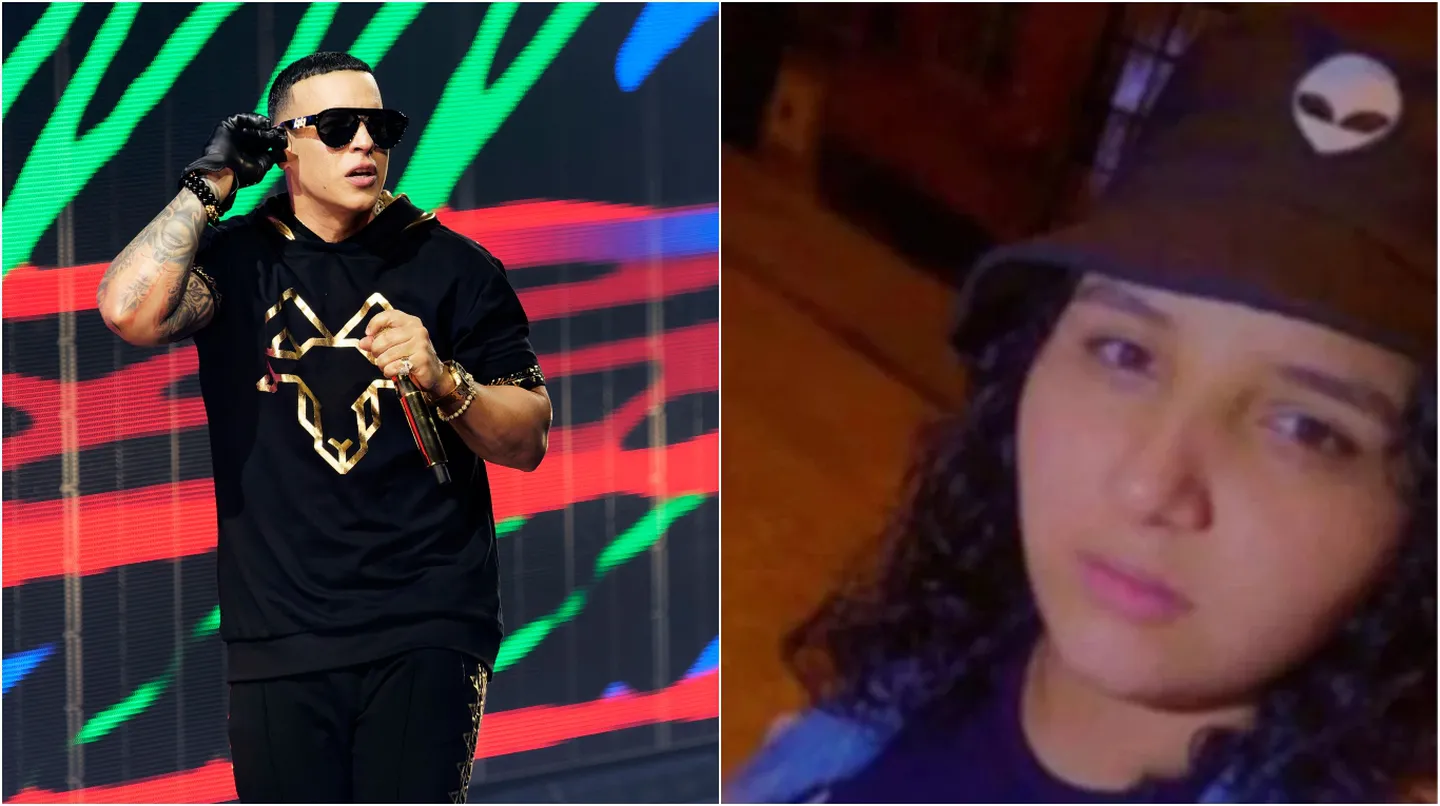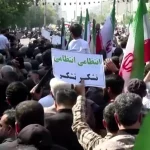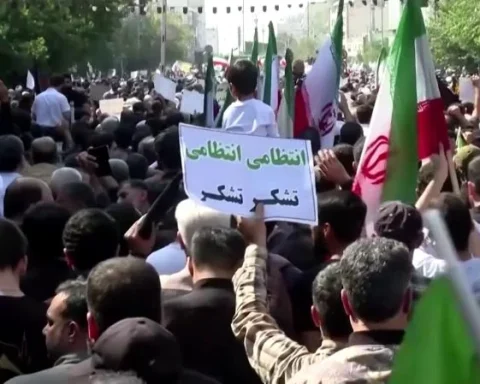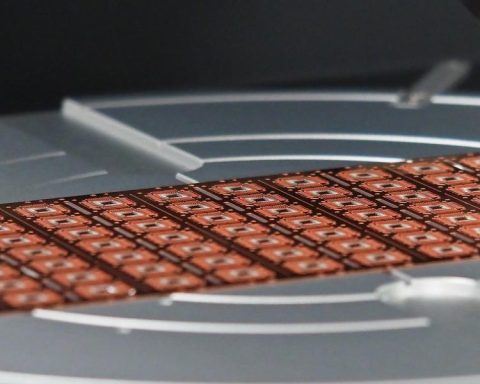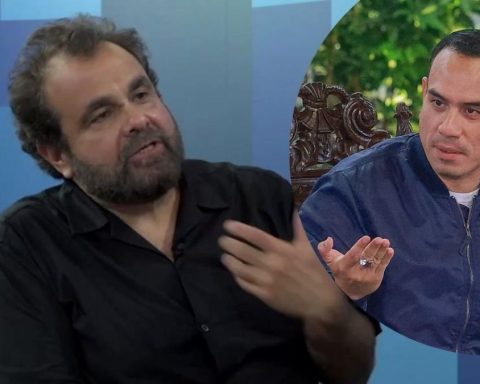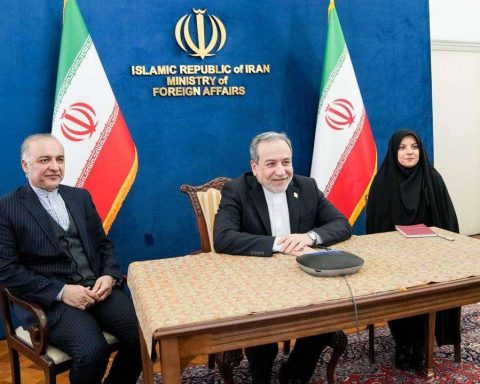– Red –
For months, the demonstrations of the followers of former President Lula (2003-2010) have had a dominant color: the red of the Workers’ Party (PT), which the former metallurgical worker founded in 1980.
T-shirts, flags, bandanas, caps or towels on Copacabana beach: the “vermelha” tide symbolized, together with the star -white or red- of the PT, the side of the leftist leader.
Some banners showed a younger and hairier face of the former president, who will come to the ballot with just turned 77, after winning the first round on October 2.
And in many sympathizers, their clothes were covered by circular stickers with Lula’s face and “13”, the number in the polls to choose the favorite of the polls against Bolsonaro, who has “22”.
“Your flag was always red with the hammer and sickle,” recently joked Bolsonaro, who repeats that a third Lula government would implant “communism” in Brazil.
– Green yellow –
The Bolsonarista side monopolized the green and yellow of the Brazilian flag.
The national colors were initially appropriated by protesters critical of Lula-sponsored President Dilma Rousseff in the months before her impeachment in 2016.
But since 2018 they have become synonymous with Bolsonarism.
To redouble the message, in some flags Bolsonaro’s face replaced the starry blue sky. And instead of “Order and progress”, “Brazil above everything, God above all”, a motto often repeated by the president.
“Today, the people identify the flag with me, with our candidates for Brazil, with good people,” the 67-year-old president boasted in September.
Lula called to claim the flag and raised it in some acts: “The green and yellow belongs to all of us.”
– An “L” or a finger gun-
The thumb and index fingers simulating a pistol, Bolsonaro’s usual gesture, generated controversy in 2018, but since then it has been imitated by the president’s supporters, in whose term firearm records in private hands increased fivefold.
In reaction, the Lula campaign invited voters to turn their hands and make an “L”… for Lula, a gesture from his first campaign (1989) that was reissued and this year went viral on social networks.
Even before the first round, television and music celebrities, such as Caetano Veloso and Milton Nascimento, came out making the gesture while singing the refrain “vira voz” (convert votes) in videos posted on social networks.
– Automobiles in campaign –
In Brasilia, a city dominated by cars, but also in other regions of the country, voters expressed their preferences in their vehicles, decorating them with huge stickers with the faces and addresses of the two protagonists of the elections.
Others further uncovered their creativity.
In a blue Volkswagen beetle, a sticker covers the two windows on the driver’s side: in front a cheerful Bolsonaro looks out at the wheel, while in the back there is an image of Lula in a prison outfit, behind the bars of a cell, a reference to the accusations for corruption that persecute the former president.
“The language of the Internet is transcending the offline world,” Alana Fontenelle, a political analyst at the University of Brasilia, tells AFP about the provocative and sensationalist content that abounds on social networks.
That gives rise to “doing funny things” and “getting out of that rigidity” of traditional campaigns, he adds.
